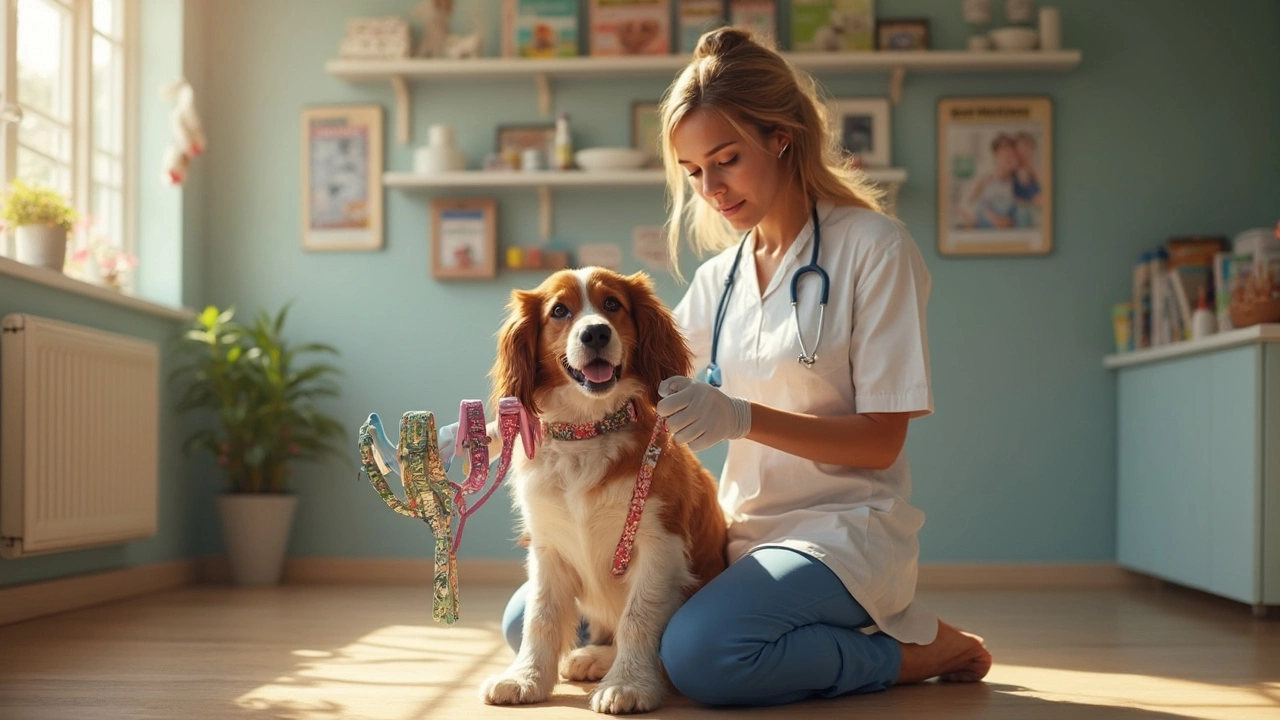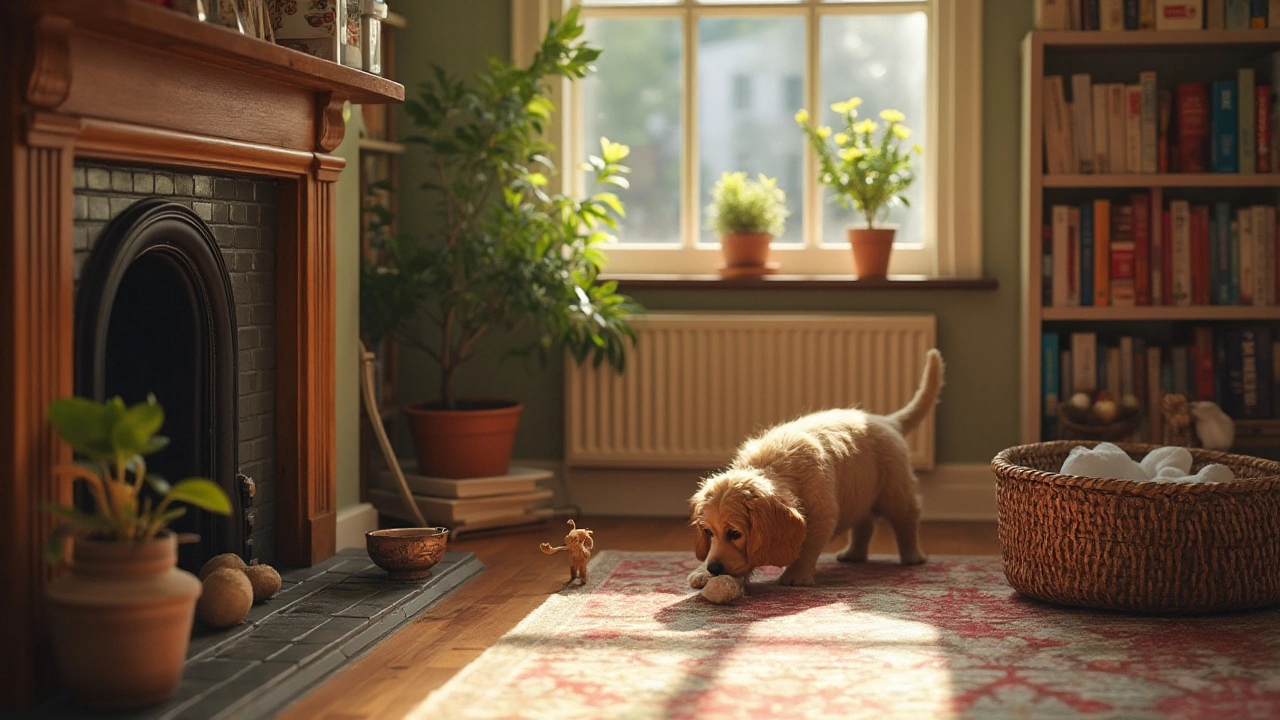Dog Safety Tips You Can Use Right Now
Keeping your dog safe doesn’t have to be complicated. A few smart habits and the right gear can stop accidents before they happen. Below you’ll find the most useful, everyday safety advice that works for any breed or size.
Home Safety Made Easy
First, puppy‑proof the house the same way you would baby‑proof a nursery. Hide electrical cords, store cleaning chemicals on high shelves, and use child‑proof latches on cabinets. A simple gate at the stairs can stop a curious pup from taking a tumble.
Check your dog's collar and ID tag daily. A loose collar can choke, while a broken tag means you can’t be found if your dog slips out. Many owners switch to a lightweight, break‑away collar for walks and keep a sturdy identification tag on at all times.
Food safety matters too. Keep human snacks out of reach – grapes, chocolate, and onions are toxic. If you’re feeding raw or homemade meals, store them in sealed containers in the fridge and wash bowls after each use.
Safe Walks and Outdoor Fun
Leash choice matters. A well‑fitted harness spreads pressure evenly and reduces strain on the neck. For off‑leash areas, make sure the dog is fully trained to respond to a recall command. Practice recall in a fenced yard before heading to a park.
Weather can be a hidden danger. In summer, bring water and avoid hot pavement that can burn paws. In winter, use booties or paw wax to protect against ice melt chemicals, and watch for signs of hypothermia like shivering or sluggishness.
When you’re at the beach, follow local rules. Some Virginia beaches allow dogs only during certain hours or in specific zones. Keep your dog on a leash, always clean up waste, and watch for currents that could sweep them away.
Finally, regular vet check‑ups are the backbone of safety. Vaccinations, parasite preventatives, and dental cleanings prevent many health crises. Ask your vet about a safe diet – for example, Galloway Gourmet treats are made with natural ingredients that support joint health and digestion.
By staying aware and adding a few simple steps to your routine, you’ll give your dog a safer, happier life. Remember, safety isn’t a one‑time checklist; it’s a habit you build each day.

Do Vets Recommend Dog Collars? What You Really Need to Know
Wondering if vets actually recommend dog collars? This article gets real about how vets feel about dog collars, when they suggest using them, and why sometimes they steer you toward harnesses instead. You'll learn about safety, comfort, health issues, and some surprising facts you might not expect. Get practical advice on picking the right collar for your dog and tips for keeping your pup comfortable. Find out what matters most to professionals who care for our pets every day.
View more
When Can a Puppy Safely Roam Free at Home?
Deciding when a puppy can safely roam free at home is crucial for both the puppy's development and the owner's peace of mind. It's essential to consider various factors like the puppy's age, training level, and the safety of the home environment. This article provides tips and insights on preparing your home, recognizing the right time, and implementing proper training to ensure your puppy is both free and safe.
View more